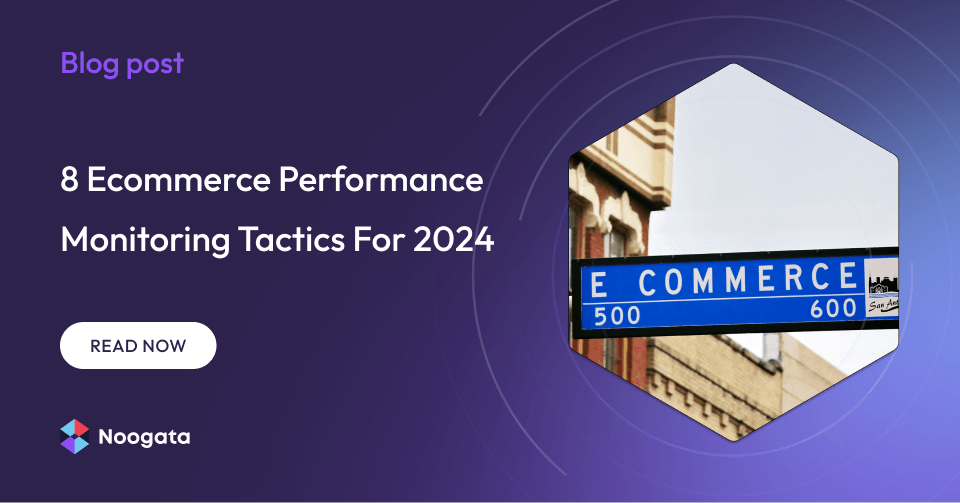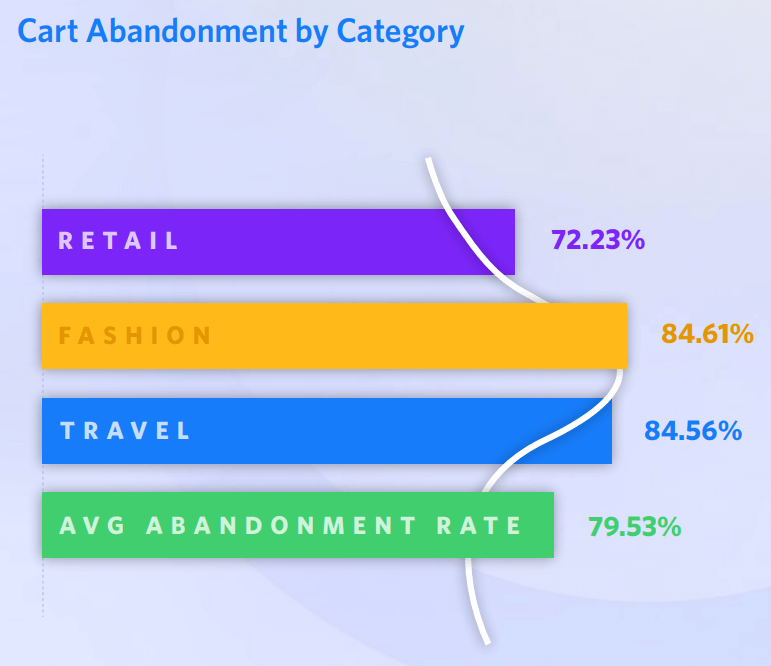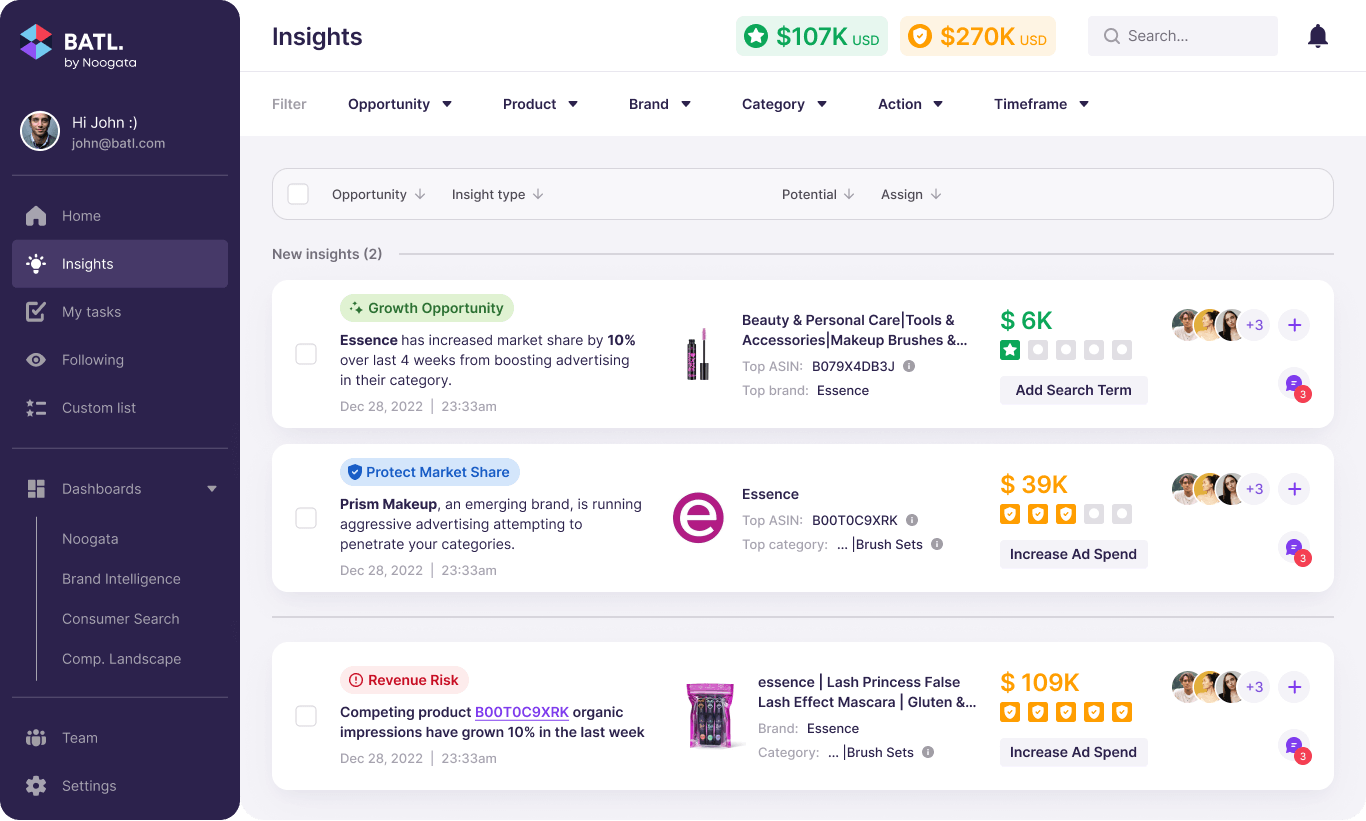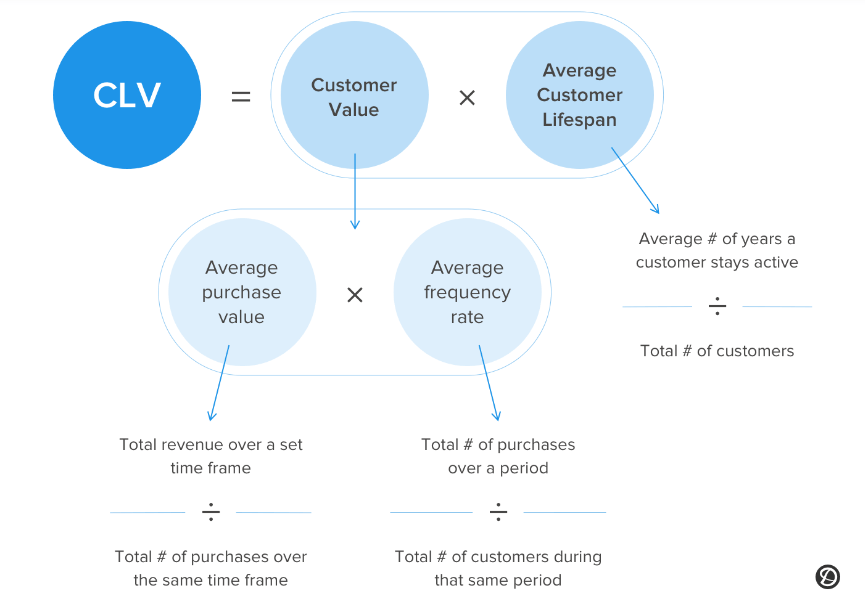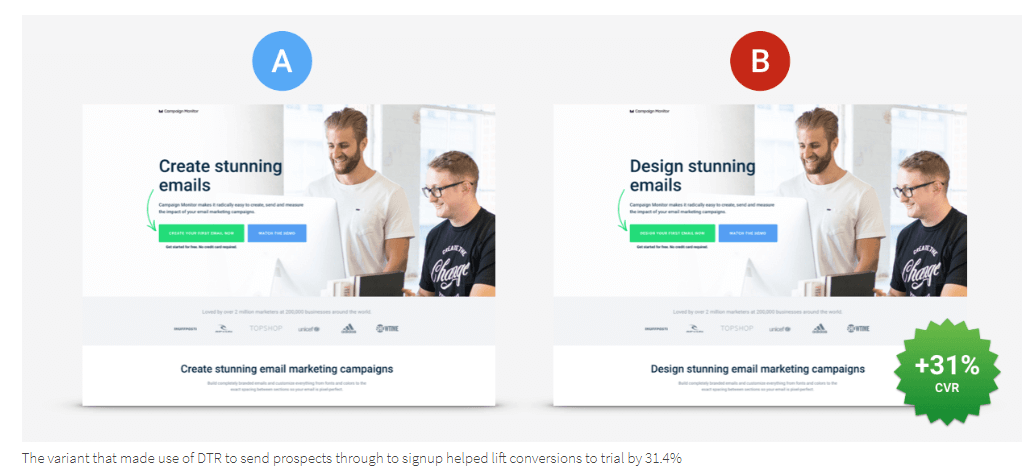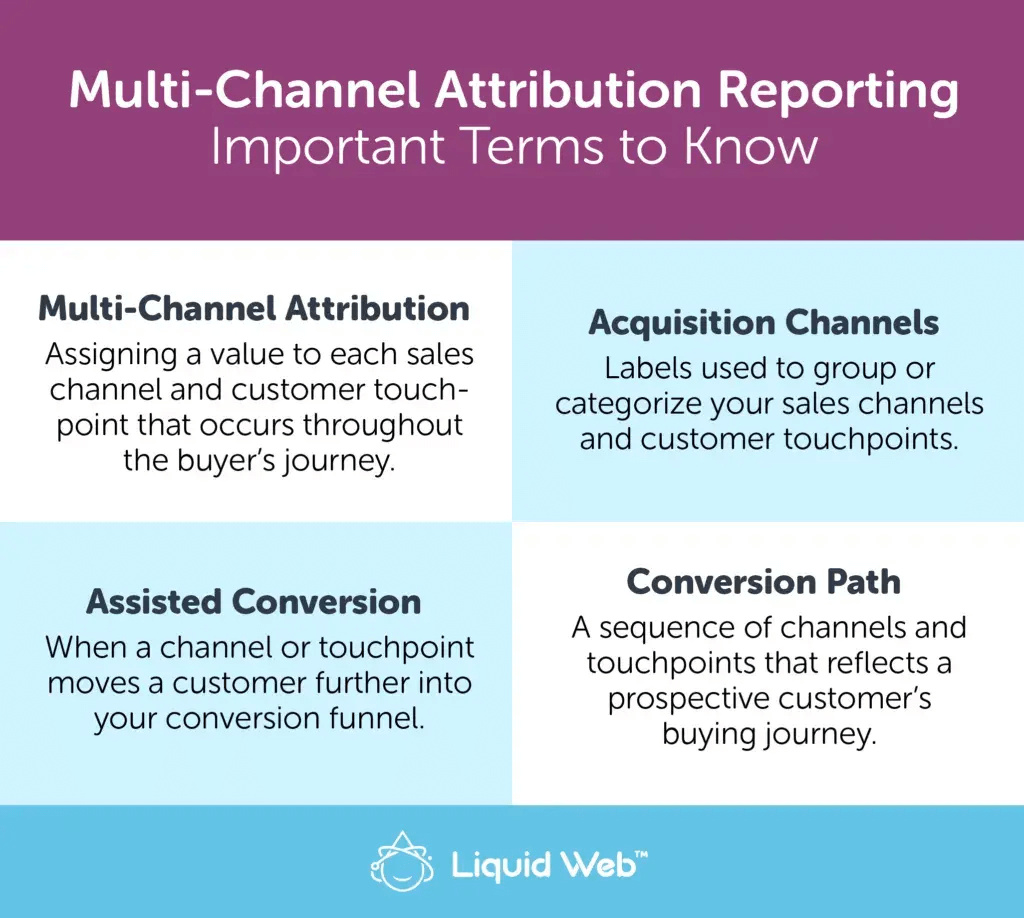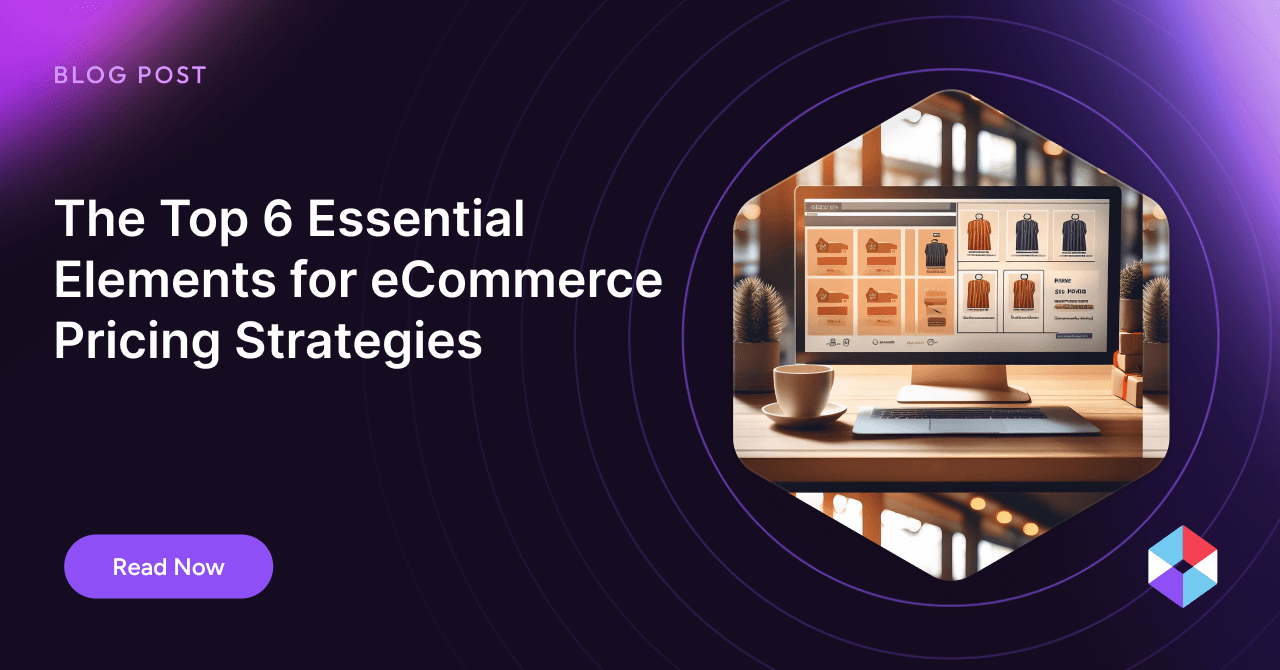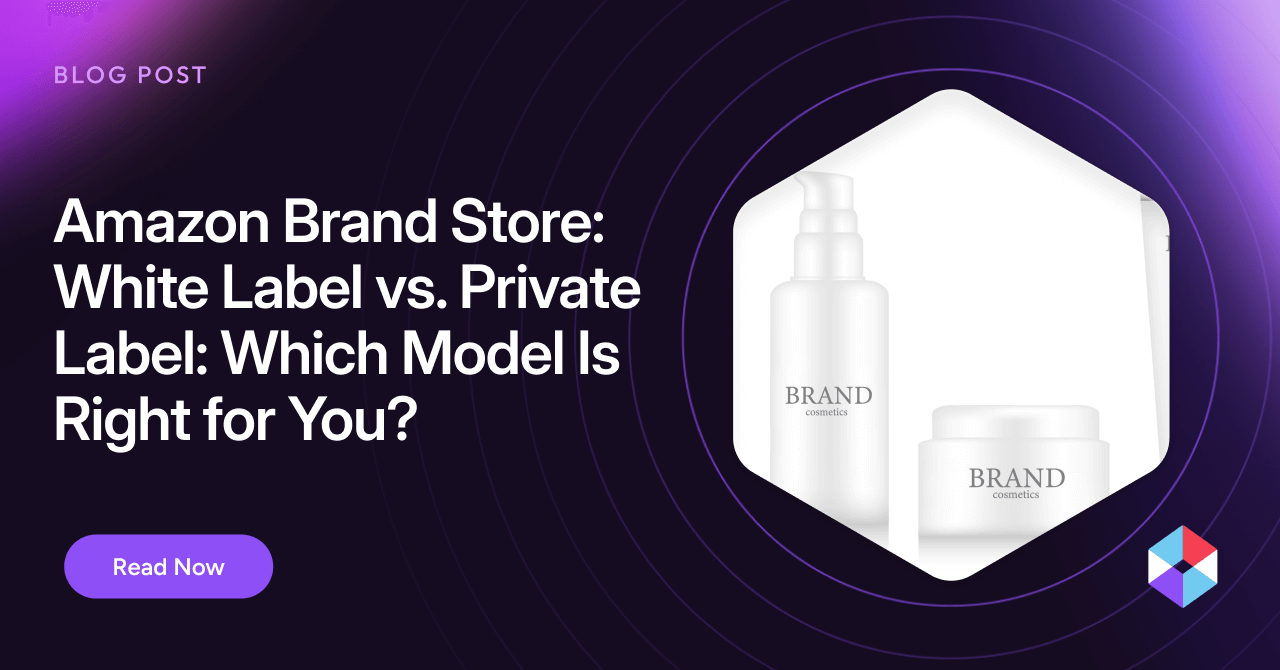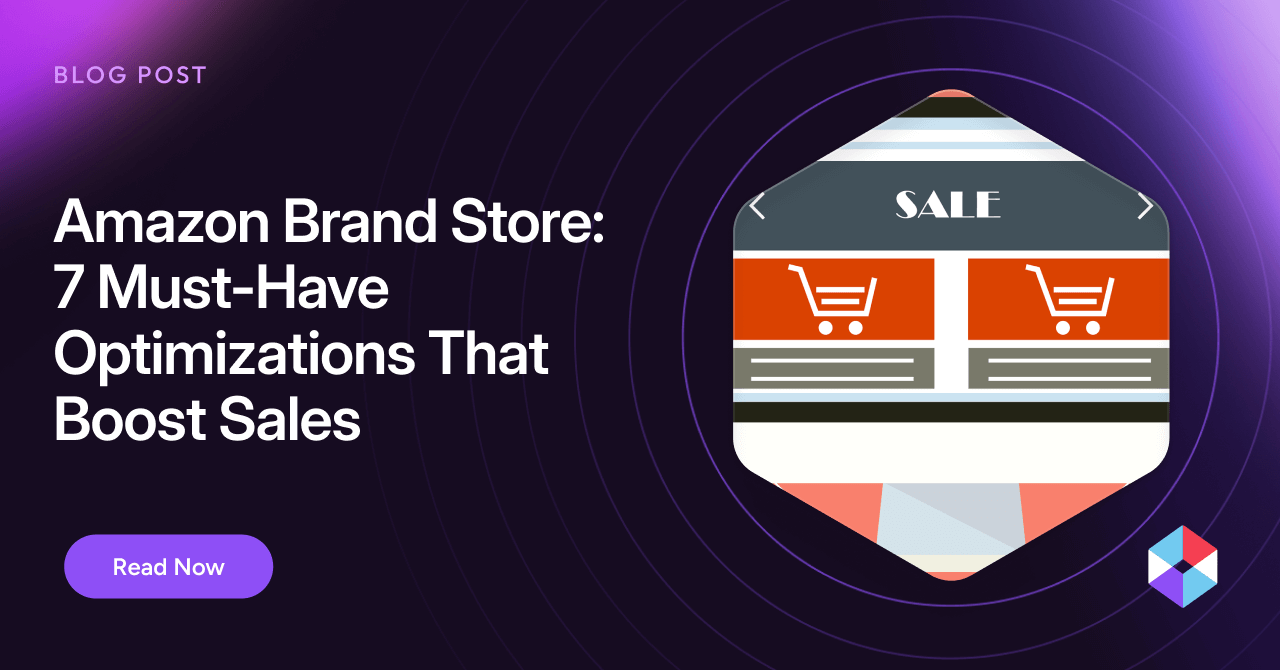You can’t change what you don’t know. If you’re not monitoring your revenue, there’s no way for you to link customer losses back to their sources, so there’s no way to improve bottom-line results efficiently. That said, you must be on top of your eCommerce performance monitoring to ensure your company stays profitable, invests in the right products and marketing campaigns, and keeps thriving. In 2024, the proof is in the shopping cart.
Recent studies have shown that the average abandoned cart rate hovers around 70%. If you have a high cart abandonment rate, the resources you’ve poured into lead generation and advertising are landing you in the red instead of generating revenue and profits.
Make 2024 the year you know exactly what works and what doesn’t. What numbers are revenue generation anomalies, which KPIs matter most, and how do we turn this data into more “buy now” clicks?
Here are eight performance monitoring tactics to help you do it.
What is eCommerce performance monitoring?
Ecommerce performance monitoring focuses on tracking and analyzing your online store’s key metrics and technical aspects that directly impact sales and revenue. It’s a way to understand how the overall user experience of your eCommerce efforts contributes to (or hinders) your bottom line.
This type of revenue monitoring is designed for anyone who has a stake in the financial success of an eCommerce business. This includes online store owners, buyers at the C-suite level, channel and marketplace managers, and eCommerce teams. It’s especially valuable if your business is selling large product portfolios at a high volume across multiple channels.
Monitoring your eCommerce performance closely helps you develop and modify reliable, unified strategies to manage, analyze, and predict your revenue. These will help you understand your cash flow, allocate resources, determine the best ventures and products to invest in, and where to let go.
What are the benefits of eCommerce performance monitoring?
Let’s break the benefits into two main buckets:
Strategic Benefits at the Executive Level
When properly conducting eCommerce performance monitoring, you give management an objective view of your market share, opportunities, and risks. You show them the impact of your marketing programs and process efficiency. When it’s time to enter new markets or product categories, you can also help them assess the potential profitability and challenges.
Tactical Benefits at the Line Management Level
On the ground management level, eCommerce performance monitoring helps you track the competitive landscape and analyze where you stand as you figure out your baseline performance and recognize anomalies. It also enables you to predict demand and customer behavior across customer segments and times of year to optimize campaign performance.
8 Ecommerce Performance Monitoring Tactics
1. Real-Time Revenue Tracking
Your typical revenue baseline can be defined as how much you earn and when, from each income source. Understanding this is crucial, but true power comes from continuously tracking revenue in real-time. This allows you to identify sudden anomalies, giving you the chance to react swiftly and either mitigate losses or capitalize on opportunities.
Imagine a sudden sales dip. Real-time tracking can help you diagnose the cause quickly. Did your website get hacked or spoofed, requiring immediate mitigation or patching? Has a news event impacted customer sentiment, necessitating a shift in messaging to resonate better?
Conversely, a surge in sales can be just as valuable. Real-time data allows you to capitalize on unexpected demand, perhaps by promoting the hot product further or ensuring you have sufficient inventory to meet the surge.
By monitoring your revenue stream in real-time, you gain the ability to act as a proactive business owner, prepared to address challenges and seize opportunities as they arise. This agility can significantly boost your bottom line and keep your business ahead of the curve.
Pro Tips for Real-Time Revenue Tracking
- Continuously track holistically and segmented revenue generation to understand your baseline.
- Set automated alerts for KPIs and anomalies in your revenue management tool.
- Verify that your tool provides actionable insights for strategic solutions.
2. AI, Advanced Analytics and Predictive Modeling
Advanced AI analytics are revenue prediction’s future because they scale your work to another level. They analyze more data than humans can, such as multi-channel sales history, inventory availability, competitor data, current events, consumer sentiment, and more. Then, these powerful AI tools create profitable sales and marketing predictions.
For example, Noogata’s AI-driven solution has helped companies generate over $250M in sales, launch over 250,000 high-performing products, reduce data analysis time by 85%, and boost ad performance by 30%.
Pro Tips for AI, Advanced Analytics, and Predictive Modeling
- Use Noogata to get customized, constantly improving recommendations.
- Provide visibility to complementary teams to make strategies even more impactful.
- Test AI-recommended growth opportunities.
3. Shopping Cart Abandonment Strategies
You’ve already done the heavy lifting of getting customers to checkout. Use the following strategies to get them to buy what they put in their carts.
Pro Tips for Shopping Cart Abandonment Strategies
- Use analytics and customer surveys to understand why your carts get abandoned.
- Remove steps toward checkout, like asking people to sign up before paying.
- Add trust signals, like security badges and customer testimonials.
- Consider push notifications that offer help via phone, email, and chat.
- Offer discounts or gift cards via email to customers who abandoned their carts.
4. Customer Lifetime Value (CLV) Analysis
Knowing your average CLV clarifies what to spend on acquisition and retention while remaining profitable. So, instead of looking at each purchase, look at how much a customer spends with your company from their first to last purchase.
For example, while Customer A might spend $1,000 once a year for a couple of years ($2,000 CLV), Customer B might make $10-20 purchases all year long for many years. You’re part of their daily lives. Customer B might be worth more.
Therefore, you might focus on generating and retaining more Customer B types while looking for ways to integrate your brand into Customer A’s daily life.
Pro Tips for Customer Lifetime Value Analysis
- Calculate your average customer lifetime value:
Average order value x Number of orders = CLV
-or-
Average purchase value in a year x Number of years the average customer keeps buying from you = CLV
- Develop a referral program to track secondary revenue customers generate for you through friends and family.
- Increase your CLV by running surveys to discover what customers need. Involve their feedback in product development and offer rewards for longevity, big purchases, and referrals.
5. Pricing Strategy Optimization
Pricing optimization is discovering the always-changing sweet spot – fair to customers and profitable for your company. It’s also about figuring out how to adjust pricing to a level that encourages purchases versus a price that builds up customer resistance, where they wait for a better price or check out a competitor.
Simultaneously, pricing must consider the entire cost of product production, marketing, and delivery, plus the company’s desired profit.
Pro Tips for Pricing Strategy Optimization
- Use dynamic pricing tools to automatically analyze the changing market trends, sales data, competitor information, and other factors. Automatically shift prices accordingly.
- Use price pack architecture to locate strategic pricing and packaging insights across categories and competitors, plus identify unique features and pricing details for products at scale.
6. Conversion Rate Optimization (CRO)
The goal of CRO is to optimize the user experience on a website or landing page in order to guide potential customers toward completing the desired action. CRO involves analyzing data, understanding user behavior, and making adjustments to various elements of a website or landing page to improve its effectiveness in converting visitors into customers or leads.
Conversion rate optimization is partially about running tests on your site to increase conversions from visitors to paying customers. This may include changes to design, layout, content, calls-to-action, forms, or any other element that impacts user interaction. But CRO also means elevating the user experience through changing your price, how fast you deliver, or by offering free shipping.
Try these tips to unlock hidden revenue potential within your existing traffic, drive more sales, and propel your ecommerce business forward:
Pro Tips for Conversion Rate Optimization
- Use website visitor data to personalize product recommendations, offers, and even content—creating a unique and relevant shopping experience.
- A/B test like a pro and don’t just change elements randomly. Hypothesize, test variations, and analyze data to see what truly resonates with your audience.
- Use scarcity tactics strategically. Highlight limited-time offers, low stock availability, or flash sales to gently nudge customers towards purchasing. But avoid being overly aggressive—focus on creating a sense of opportunity, not desperation.
- Leverage social proof by showcasing customer testimonials, reviews, and user-generated content. This builds trust and social proof, reducing purchase hesitation and encouraging conversions.
- Ensure your website offers a flawless mobile experience with fast loading times, easy navigation, and user-friendly checkout processes because mobile shopping is booming.
7. Product Performance Analysis
Track which products are revenue leaders and which are too costly to produce or carry.
Building on well-performing products by increasing stock and selling complementary products is a low-hanging fruit for increasing revenue. Poorly performing products can be eliminated, changed, or rebranded to cut losses or improve performance.
Pro Tips for Product Performance Analysis
- Use comprehensive data across your portfolios and channels to make inventory and marketing decisions.
- Sell more of what customers love – create additional versions or use cases, expand them into a series, suggest upsells, and cross-sells.
- Pair low-performing products with bestsellers as complementary products.
8. Multi-Channel Revenue Analysis
Strategic long-term decisions require unified data that goes beyond fractionated sales anecdotes. It’s critical to understand where your top revenue generators and profitability “offenders” are in your extensive product portfolio, especially across multiple channels, so you can keep growing your bottom line.
You could have an excellent quarter on one platform yet a simultaneously terrible one on another. Or a low-performing product on one channel might be a star on another. When you analyze vast data from multiple channels with the right tools, you can figure out market needs and conversion paths way more accurately.
Pro Tips for Multi-channel Revenue Analysis
- Use eCommerce automation tactics and analytics tools that provide cross-channel visibility and actionable analytics as a single source of truth.
- Use multi-channel attribution analysis. Assign a value to every sales channel and customer touchpoint on the buyer’s journey. When you follow revenue along your customer conversion paths, you’ll see what channels contribute to the most conversions.
Drive Your Ecommerce Revenue with Noogata
As the digital brand competition and customer demands grow, monitoring revenue becomes increasingly critical to eCommerce performance. The sooner you adopt the tactics covered here, the sooner you’ll give your company a long-term advantage in the market.
Noogata helps drive revenue and increases eCommerce performance with AI-powered digital shelf insights. It enables you to uncover search trends, track your paid and organic exposure, analyze your market share, and monitor eCommerce performance. Try a free demo today to join the ranks of leading brands that boost their performance with Noogata.
